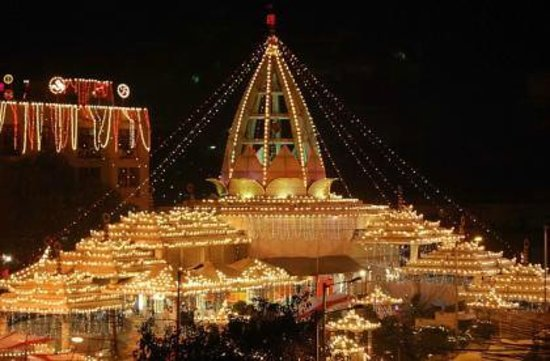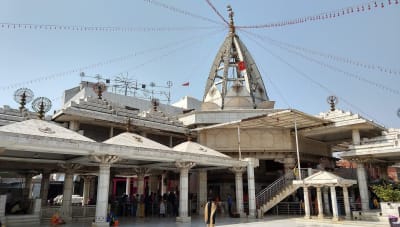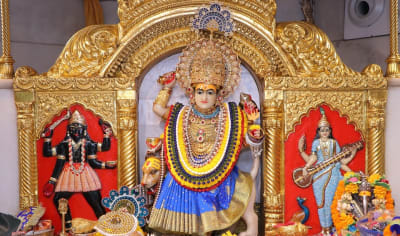Visiting Jhandewala Devi Mandir: What Every Devotee Should Know
 Have you ever felt like taking a break from the chaos of everyday life that you live in and visiting a place that instantly calms your heart? That’s exactly what Jhandewala Devi Mandir offers. Nestled right in the middle of Delhi’s constant buzz, this temple isn’t just a place of worship—it’s an experience. Whether you're someone who prays every day or someone simply curious about old spiritual places, Jhandewala has something for you.
Have you ever felt like taking a break from the chaos of everyday life that you live in and visiting a place that instantly calms your heart? That’s exactly what Jhandewala Devi Mandir offers. Nestled right in the middle of Delhi’s constant buzz, this temple isn’t just a place of worship—it’s an experience. Whether you're someone who prays every day or someone simply curious about old spiritual places, Jhandewala has something for you.
This isn’t one of those temples you just visit and forget. It stays with you—through its peaceful vibe, its powerful energy, and the stories people tell as they fold their hands and close their eyes in front of the Goddess.
The story behind the temple

The history of the temple dates back to the 18th century. A devotee named Badri Bhagat had a dream where Maa Durga guided him to dig near a flag or ‘jhanda’. When he followed the vision, he found a sacred idol of the Goddess underground. That idol became the heart of the temple we now know as Jhandewala Devi Mandir.
Over the years, this spot became one of the most revered places for devotees of Maa Durga, attracting people from all over—especially during Navratri, when the energy is just electric.
What Makes It So Special?

One step inside, and you’ll notice: this isn’t your typical city temple. Despite being right in the heart of Delhi, the moment you walk in, there’s a sudden shift in energy. The noise of the city fades, and there’s a quiet strength that fills the air. The temple is spread across two levels.
- On the upper level, you’ll find the idol of Jhandewali Mata, decked in red and gold, glowing in devotion.
- On the lower level, there's an older cave-like sanctum that houses the swayambhu (self-manifested) idol of Maa Kali, raw and ancient in her presence. People often say they feel goosebumps when they visit this part of the temple—and honestly, it’s not hard to see why.
Best Time to Visit?

While the temple welcomes visitors all year round, Navratri (celebrated twice a year—in March-April and September-October) is when the temple truly comes alive. The whole place is decorated beautifully, chants echo through the air, and there's a line of devotees that stretches longer than you’d expect. If you love festive energy and don't mind a bit of a crowd, this is the perfect time to go. But if you're looking for something more peaceful, visiting on a weekday morning is ideal.
A Few Things Every Visitor Should Know
- Dress respectfully – It’s a traditional space, and wearing Indian attire or modest clothes helps you blend right in.
- Offerings are simple but meaningful – Red chunari, bangles, coconuts, and sindoor are commonly offered to the Goddess.
- Monkeys roam freely – Yes, a lot of them! Hold your food carefully and don’t wave it around.
- Don't skip the cave area downstairs – It’s quieter, older, and often considered the most spiritually charged part of the temple.
- Check out nearby spiritual spots – You can also visit the Bhairav Temple and Hanuman Mandir in the area if you’re on a temple trail.
Conclusion
Even if you don’t consider yourself deeply religious, visiting Jhandewala Devi Mandir is something special. There’s a certain grounding that happens here—something that can’t really be put into words. Maybe it’s the age of the place, maybe it’s the unwavering belief of the devotees, or maybe it’s just the peaceful corner it offers in a city that never sleeps. Whether you're there for a prayer, a wish, or just to sit quietly and breathe—it’s a place worth visiting at least once in your life.




